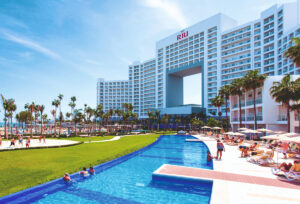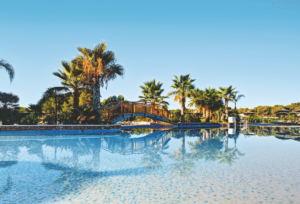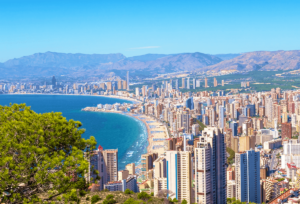During Red Sea Month, we’d be remiss not to talk about one of the most exciting things there is to do on Egypt holidays: scuba diving. Obviously, this is a huge topic that we could dedicate a whole blog to, never mind just one post! But let’s start with dive sites in the Sinai Peninsula off the coast of one of Egypt’s biggest and most popular Red Sea resorts: Sharm el Sheikh.
Secret Gardens: Ras Bob and Ras Nasrani
Two closely overlapping sites form a network of shallow coral bays that lead to steep drop-offs. Ras Bob (so-named as a tribute to Bob Johnson, who was a cameraman in Sharm el Sheikh for many years) is sheltered from waves and has many small caves and gullies worth exploring. Nearby Ras Nasrani offers excellent diving in shallow areas, before the reef drops from shallow bays down to further depths, where many caves and overhangs lurk. Manta rays are occasional visitors in the summer, while Spanish dancers and coneshells can be spotted in the gullies.
Whale Sharks at Ras Umm Sid
Divers in search of a whale shark or manta ray may well have their hopes fulfilled to the south of the headland at Ras Umm Sid (meaning Mohammed’s Head). The plateau is covered with a forest of colourful gorgonian (soft coral) before the drop-off, where stronger currents attract larger fish, including barracuda, tuna, Napoleon wrasse, snappers, reef sharks and hammerheads. At the centre of Ras Umm Sid is a coral pillar or reef wall that drops approximately 50 feet. A great opportunity to view octopus, divers can also keep their eyes peeled for free-swimming moray eels and other reef life living in the pinnacle walls.
Swim-Through Canyons at White Knight
Closer to the Sharm El Sheikh is Sharks Bay, which is not in fact frequented by sharks, but home to octopus, stonefish and multi-coloured cuttle-fish. Great for beginner divers, this shore-entry reef also experiences sightings of seamoths and oranate ghost pipefish. Nearby White Knight is a sheltered reef for trigger fish, groupers, hatchetfish and bigeyes, with a small wreck (the Noos, sunk in 1994) and an eel garden located to the north of the site. A big attraction is the canyon swim-through, which divers can enter at approximately 30 feet and 100 feet.
Although most divers are recreational, there are so many specialties: exploring wrecks, ice and caves, rescue and navigation, photography and videoing, at altitude and at night, and so much more. Have any interested diving tales during holidays to the Red Sea or elsewhere? Tell us in the comments.






